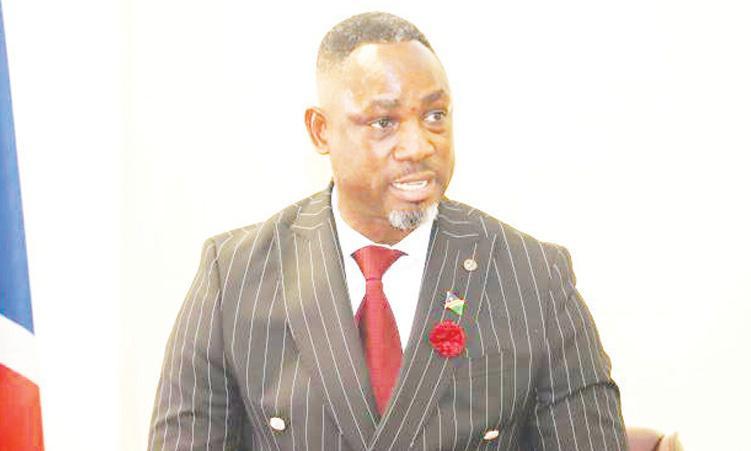Africa-Press – Namibia. Oshana governor Hofni Iipinge says despite notable progress, the region continues to face challenges, such as inadequate water infrastructure for agricultural purposes and ageing pipelines.
Other challenges include a high unemployment rate, particularly among the youth, adverse climatic conditions that threaten food security for both people and livestock, and the limited provision of affordable housing.
Iipinge last week said 877 plots have been allocated at Ondangwa, Ongwediva and Oshakati.
“Restricted access to financing for small and medium enterprises (SMEs), which are the backbone of our local economy and the increasing prevalence of illegal land occupation and unauthorised fencing are some of the challenges the region is battling. While these challenges are formidable, they are not impossible,” he said.
The governor recommended that engagements with financial institutions are strengthened to support alternative building technologies, thus enabling the construction of low-cost housing.
He also proposed investing in the construction of boarding schools in rural areas.
The extension of the Etaka Canal to reach Lake Oponona should be expedited, thereby boosting irrigation and livestock farming in the southern parts of the region, he said.
Iipinge also urged the region to operationalise local abattoirs and support farmers to enhance agricultural productivity.
Oshakati mayor Leonard Hango says the region is heavily reliant on a single canal system and ageing water infrastructure.
“For us at Oshakati… we are the gateway of delivery, and we are ready to embrace the responsibility that comes with that,” he says.
Nambia Water Corporation (NamWater) chief executive Abraham Nehemiah says the northern central regions depend heavily on a
160k-long canal and pipeline system that transports water from the Calueque Dam in the Kunene River in Angola.
He says this infrastructure has served the communities well, but is under increasing stress.
“Our planning investigations and real-time operational data indicate that demand has now outstripped capacity,” he says.
The Oshakati Purification Plant Extension Project, implemented by NamWater under the Namibia Water Sector Support Programme and funded through a loan from the African Development Bank, will increase the water treatment capacity at Oshakati by an additional 50 000 m3 per day, bringing the total design capacity to 90 000 m3 per day, Nehemiah says.
Uukwiyuushona constituency councillor Andreas Amundjindi says his constituency experiences constant water outages and pipe bursts.
“Our people are really suffering when it comes to water shortages, especially now that the rainwater has dried up and the animals are also affected,” he says.
Amundjindi says most Uukwiyuushona residents cannot afford to acquire their own water taps.
For More News And Analysis About Namibia Follow Africa-Press






